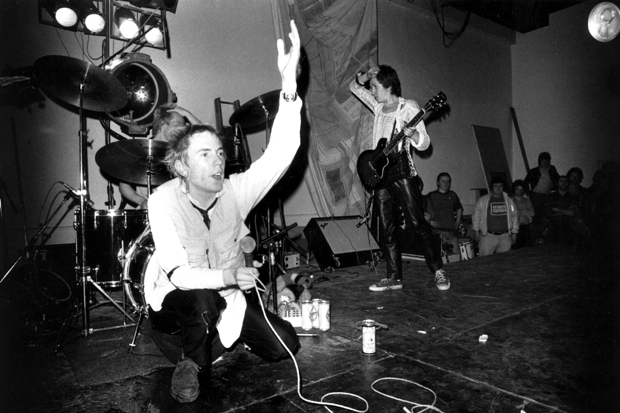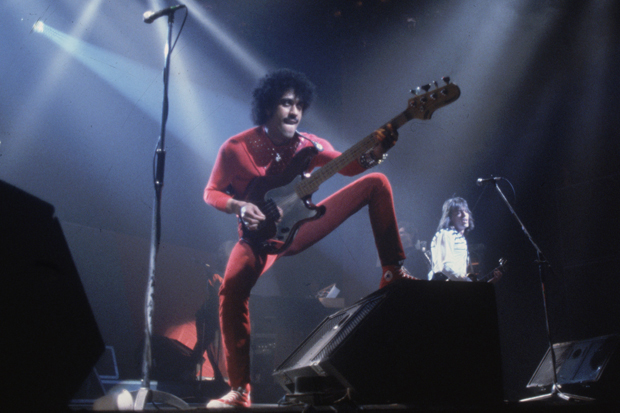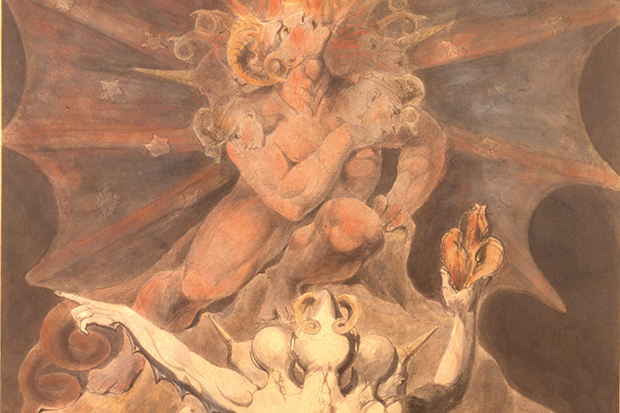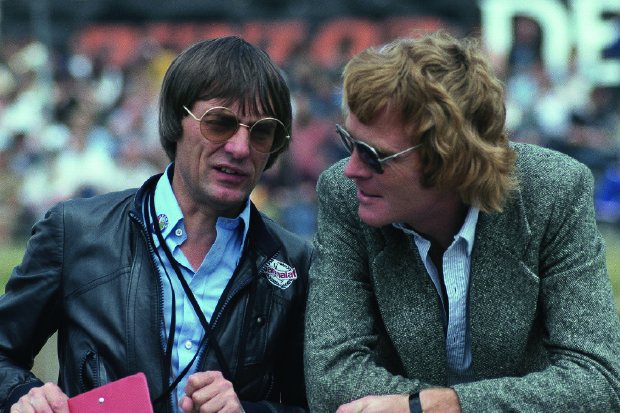For a music fan, the quiz question, ‘Who wrote “This Land is Your Land”?’ might seem laughably easy. Yet if you answered ‘Woody Guthrie’, I’m afraid you only get half marks. Guthrie did write the lyrics, but following his normal practice he set them to an existing melody — in this case that of the Carter Family’s ‘When the World’s on Fire’, which they’d got from their friend Lesley Riddle, who may well have found it somewhere else.
Already a subscriber? Log in
Subscribe for just $2 a week
Try a month of The Spectator Australia absolutely free and without commitment. Not only that but – if you choose to continue – you’ll pay just $2 a week for your first year.
- Unlimited access to spectator.com.au and app
- The weekly edition on the Spectator Australia app
- Spectator podcasts and newsletters
- Full access to spectator.co.uk
Unlock this article
Available from the Spectator Bookshop, £16.50 Tel: 08430 600033
You might disagree with half of it, but you’ll enjoy reading all of it. Try your first month for free, then just $2 a week for the remainder of your first year.














Comments
Don't miss out
Join the conversation with other Spectator Australia readers. Subscribe to leave a comment.
SUBSCRIBEAlready a subscriber? Log in